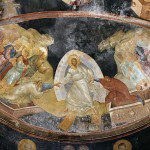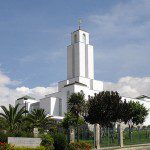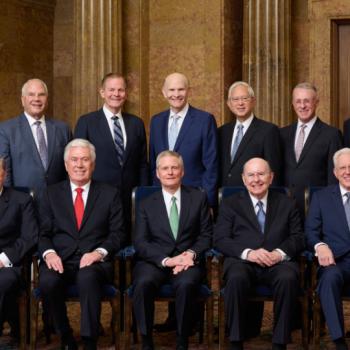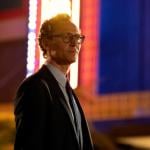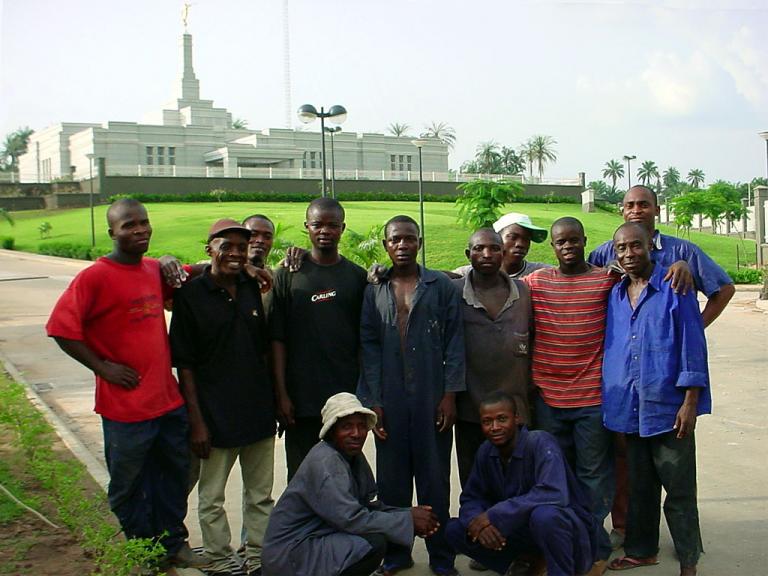
There has been huge indignation in some circles — including, sadly, among some active and professing Latter-day Saints — over the revelation that, under the aegis of a group called Ensign Peak Advisors, the Church of Jesus Christ of Latter-day Saints has built up a reserve investment fund (or a “rainy-day fund”) of one hundred billion dollars. And the indignation flared up again when it was announced that Ensign Peak and the Church had settled with the Securities and Exchange Commission over a matter involving financial reporting practices. (See “Church Issues Statement on SEC Settlement.”)
I haven’t closely followed the discussion and the accusations — my eyes tend to glaze over at even the mention of stock prospectuses, annual corporate reports, and IRS forms — but I thought that I would share here a few of my general thoughts on the topic.
First of all, the Church hasn’t confirmed the stunning figure of one hundred billion dollars — as I recall, Church spokesmen have said that the true number is substantially lower than that — and it doesn’t seem to me to be so solid a fact that one should simply assume it to be true. In fact, I’ve recently observed critics casually tossing the figure of one hundred and fifty billion dollars around, so it seems that the number might be quite malleable depending on the mood and allegiances of the person throwing it about. Strikingly, a recent article in the Salt Lake Tribune seems to give a substantially smaller total for Ensign Peak Advisors (“LDS Church investments bounce back, shoot up by $4.1B after three straight quarterly losses: Ensign Peak’s public portfolio valued at $44.4B at end of 2022”). But — the Tribune article is behind a pay wall, so that all I have is the headline — I can’t say for sure how Ensign Peak’s “public portfolio” might be related to any total portfolio. Are they the same thing? Are they substantially different? I have no idea.
But back to my meditations: My one serious and very indirect brush with Church investment practices came during my involvement as a leader of what, in the wake of its affiliation with Brigham Young University, became the Neal A. Maxwell Institute for Religious Scholarship. We had been given substantial funding by certain very generous private donors and, when we affiliated with BYU, we turned the management of those funds over to the University (which, I think, meant turning them over to management by Church financial experts). And we determined that, on the whole, we would operate on the basis of income derived from those funds rather than by depleting the principal.
In that context, we were given to understand that, barring unforeseen circumstances, we could count on an income for the Institute of five percent (5%) annually. In some years, the invested monies would generate returns of more than five percent, but the “excess” would be reinvested in order to handle years in which returns fell below five percent. I will assume the same policy for the Church more generally, and I base what immediately follows on that assumption:
- Assuming a Church portfolio of $100B, a five percent annual return would obviously be $5B.
- Assuming a Church portfolio of $44.4B, a five percent annual return would yield $2.2B.
Now, how much does the Church spend each year? I don’t know. But I can supply some figures and an informed guess.
- The Church gave more than $1B in humanitarian aid in 2022.
- I’ve seen an estimate that BYU — just BYU-Provo, not including BYU-Hawaii and BYU-Idaho? — costs the Church approximately $1B.
Those two areas alone cost roughly $2B annually. (In other words, pretty much the sum that a five percent annual return on $44.4B would yield.) And we haven’t even begun to get into the building and maintenance of chapels and temples (President Nelson has announced 133 new temples since 2018), the Church’s welfare system, Family Search, the missionary program, Seminaries and Institutes, and so forth. I would think that $5B would be a conservative figure for the Church’s total annual budget.
So would it make sense to have a rainy-day fund in the range of $100B? It seems to me that it absolutely would. Suppose an an economic shock that somehow resulted in an absolute collapse of tithing income. Given my proposal of $5B in annual expenditures, having $5B in investment income would permit the Church to maintain its programs and project for a full year without skipping a beat. Already, the Church is expanding rapidly in areas (e.g., Latin America and Africa) where it is doubtful that tithing income fully covers expenditures. And, of course, depressions and recessions have often lasted more than just one year.
But, in fact, faced with the prospect of a more or less devastating financial downturn, it would not be difficult to justify having an investment portfolio even larger than $100B. Why? Because a massive economic shock would not only depress tithing receipts but, almost inevitably, reduce the value of the investment portfolio itself — as the Tribune article cited above indicated, Church investments had dropped for three straight quarters until they rose again at the end of 2022 — while at the same time dramatically increasing the need for humanitarian aid, welfare expenditures, and the like.
For those of us who were born peasants and whose experience with high finance is limited pretty much to paying our monthly bills and reviewing our monthly credit card statements, figures in the millions and billions are stunningly huge, almost inconceivably large. When viewed, however, in the light of the five percent rule that I’ve mentioned here — or, in any case, some rule very like it — they shrink considerably. Having a million dollars in the bank sounds impressive. And, of course, it is impressive. But keeping one’s expenditures within a five percent annual return on that million dollars — that is, at $50,000K per annum — isn’t exactly living high on the hog or putting on the Ritz. The average public school teacher salary in the United States during the 2021 school year was $65,090. The average police officer salary in Utah is $57,408 per year. Entry level police positions start at $48,100 per year while more experienced officers make up to $74,861 per year. The average salary for dentists in Utah is just over $170K. In that light, having a million dollars in the bank doesn’t make one wealthy. It’s a matter of the ratio of income to expenses. It’s a matter of perspective.
I myself take considerable comfort in the fact that Church funds and the monies donated to the Church are competently managed, as well as in the fact that the Church is now fairly well positioned to withstand adverse economic tides, “that through my providence, notwithstanding the tribulation which shall descend upon you, that the church may stand independent above all other creatures beneath the celestial world” (Doctrine and Covenants 78:14). We haven’t always been in such a strong position: “Behind the Latter-day Saint church’s vast wealth are two centuries of financial hits and misses”
For an interesting Interpreter review-essay on Church finances by Larry Wimmer, see “Through a Glass Darkly: Examining Church Finances.”



